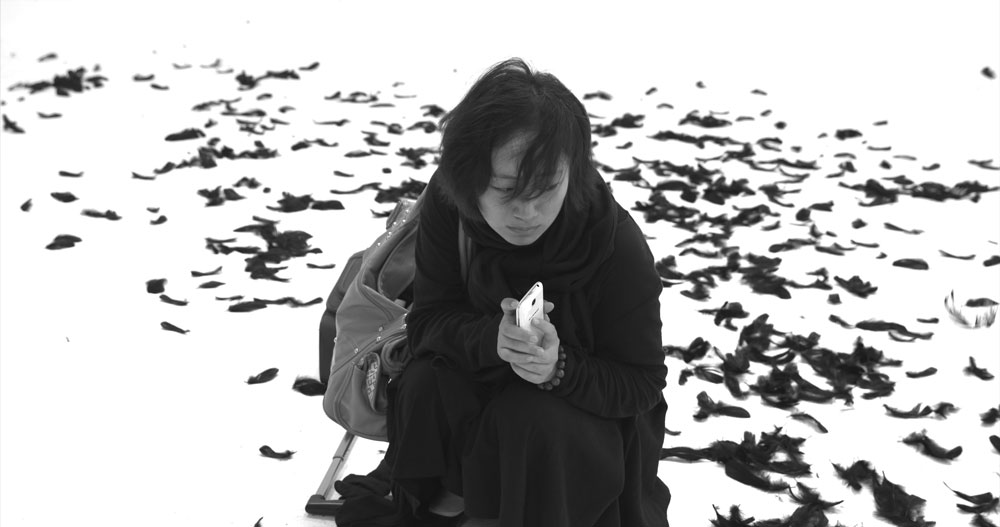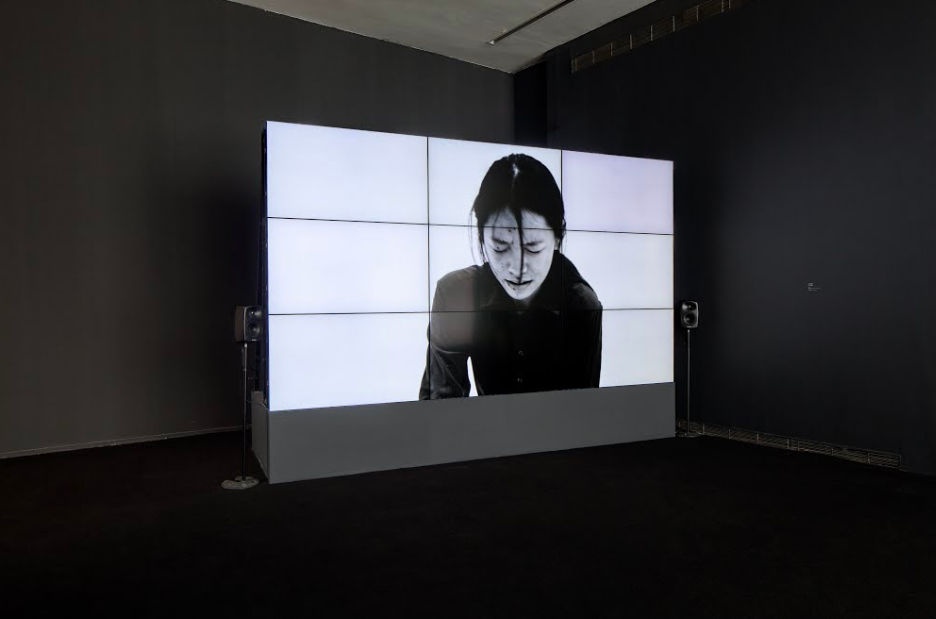The assistant curator of the Musée d’Art Moderne in Paris explains why rising star Tao Hui deserves the title of China’s national artist

The painter and filmmaker Tao Hui is a rising star of Chinese contemporary art whose works are exhibited in leading international institutions such as the Pompidou Center, the Fondation Louis Vuitton and K11 Art Foundation. His short films, in particular, are some of the finest expressions of the East Asian Confucian, Taoist and Buddhist millennia-old ethos.
In the multi-channel video installation Excessive, the action takes place in a big contemporary industrial city somewhere in China: into an ordinary middle-class family, a girl is born with an extra finger. Parents hold opposite positions on whether to cut or not to cut the excessive finger out of love for the daughter. They both have strong arguments: on one hand, her organism might be premature for such a surgery (great attention to human body in itself is a characteristic trait of the traditional Chinese culture, known for acupuncture, feng shui, wushu and so on), but, on the other hand, the excessive finger will make her and the whole family the object of ridicule and condemnation, taking into account the millennial Confucian tradition of negativity towards any mental or anatomical deviation. Silence, allusion and understatement are its core elements ; the only explicit reference to the historical tradition of the entire piece is an incut episode with a dance using traditional Chinese costume; apart from this, material environment in the film is exclusively contemporary. Likewise, a barely noticeable line may radically change the sense of the entire hieroglyph. After several years of mounting disputes, the couple breaks up, and then, in order to reunite her parents, the girl cuts her excessive finger off with a kitchen knife.
Intense discussions about ethical and cultural norms pervade the whole film and preoccupy all of its heroes. Although, unlike the contemporary Western culture, the matter of discussion is not its content – what is normal? – but how to conform to this norm. The norm itself is unshakable and obvious, as the Heaven of Confucianism. It’s not the confrontation of the couple’s values and goals that led to their quarrel, but the different opinions as to how to achieve the exact same goal. While the contemporary Western model of love-based relationships supposes the mutual attraction of opposite personalities – the Beauty and the Beast, Alladeen and Jasmine, Mr and Mrs Smith, etc. – where stormy arguments are repeatedly followed by passionate reconciliations, whereas in the world of Excessive reigns the principle of social, psychological and cultural coherence. Equal to equal. The couples relationship is primarily social, and not physiological or emotional: even the conflict, which led to the temporary breakup, has nothing to do with the sexual sphere, jealousy, adultery or dissatisfaction.

Excessive’s protagonists regard expressivity and any kind of emotion, no matter positive or negative, as unacceptable; self-control, politeness and neutrality being the absolute behavioral ideal at home and in public. “Emotions have stolen my morality” desperately screams the husband, unable to appease himself. Conflict between free poet and oppressive crowd, central in Western culture since the Romantic age, is unknown here: instead, society and the individual, in total harmony, unite their forces to improve his behavior. Contrary to contemporary Western culture, where extravagance, eccentricity and all forms of demonstration of personal uniqueness – “be yourself”– are glorified, in the world of Excessive one should “not be himself”. The only radical and transgressive act, culminating the whole film – self-cutting of a finger – is committed precisely in order to restore and conform the societal norm. Likewise, Tao Hui turns the Western topos of youth revolt and generational conflict, in which retrograde parents oppress progressive children subsequently breaking from them, upside down: the daughter, retrograde as her parents, commits this act in order not to break form, but to reunite the family.

The love which, undoubtedly, Excessive’s protagonists feel to each other, is articulated around control over each other’s morals and aid in improvement of one’s social stance, rather than around passion and erotic attraction. This depersonified, unemotional, and moralistic approach is the key trait of the East Asian civilisation, in which The Personal God of the Abrahamic tradition is replaced by the religious atheism, an abstract cosmic law or principle – the Heaven in Confucianism, Samsara in Buddhism, Tao – Sacred Nothing in Taoism. Such a sacralization of social norm and such a zeal in its restoration, uniting all of Excessive’s characters, are unimaginable in the West, where, on the contrary, celebration of diversity and following one’s own passions finds complete approval.
By the means of the Western artistic language, which he virtuously masters, Tao Hui creates a quintessentially Confucian narrative. Being received as authentic and pertinent in both contexts (likewise, it’s not news that Western abstract and Chinese traditional art are in many ways similar), his oeuvre, however, champions values of only one of them. East Asia doesn’t recognise the European romantic notion of national artist, but Tao Hui’s artwork is so intensely impregnated with the national culture and expresses it with such elegance and subtlety, that he would truly be one of the main contenders for this position.